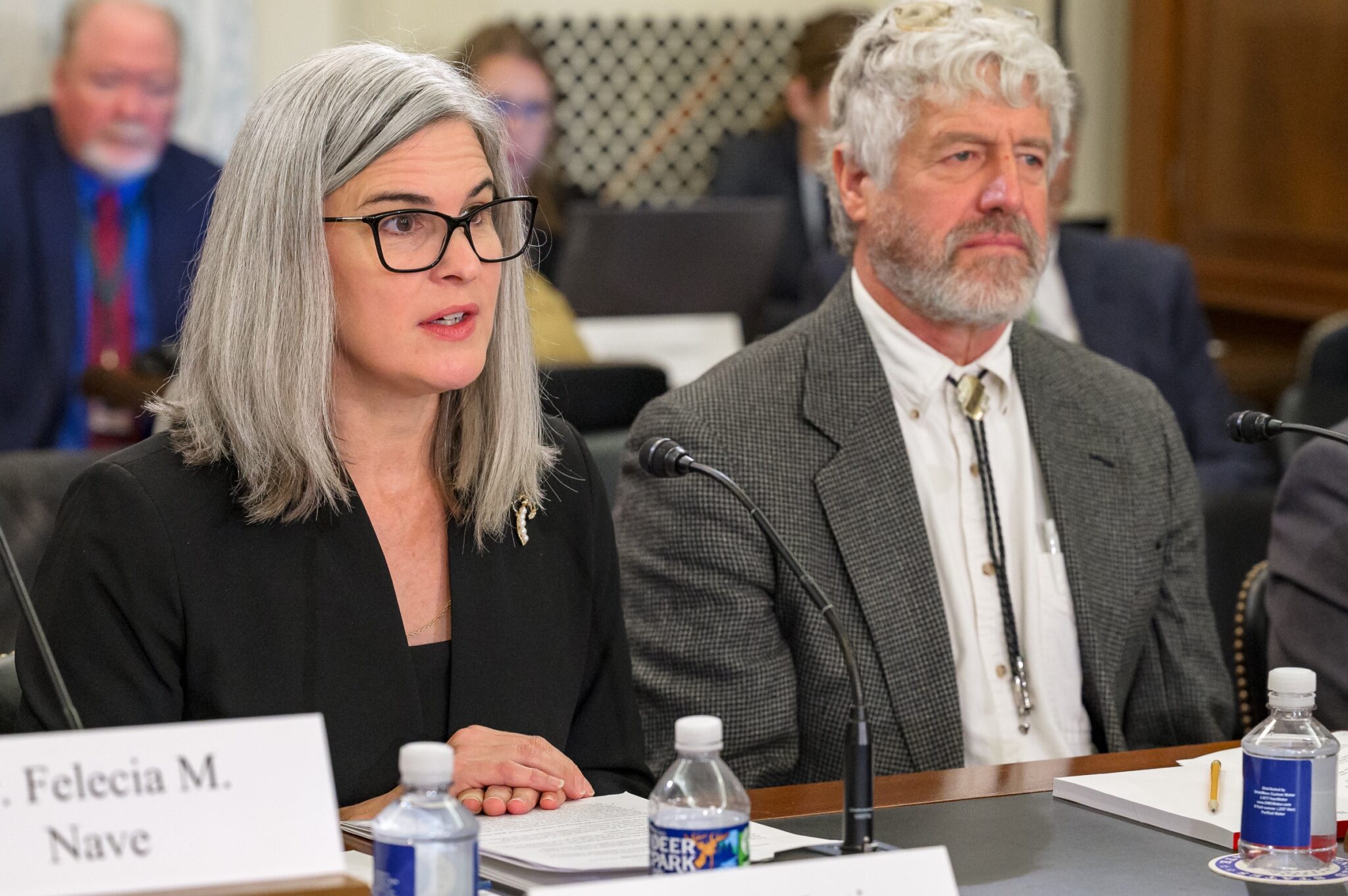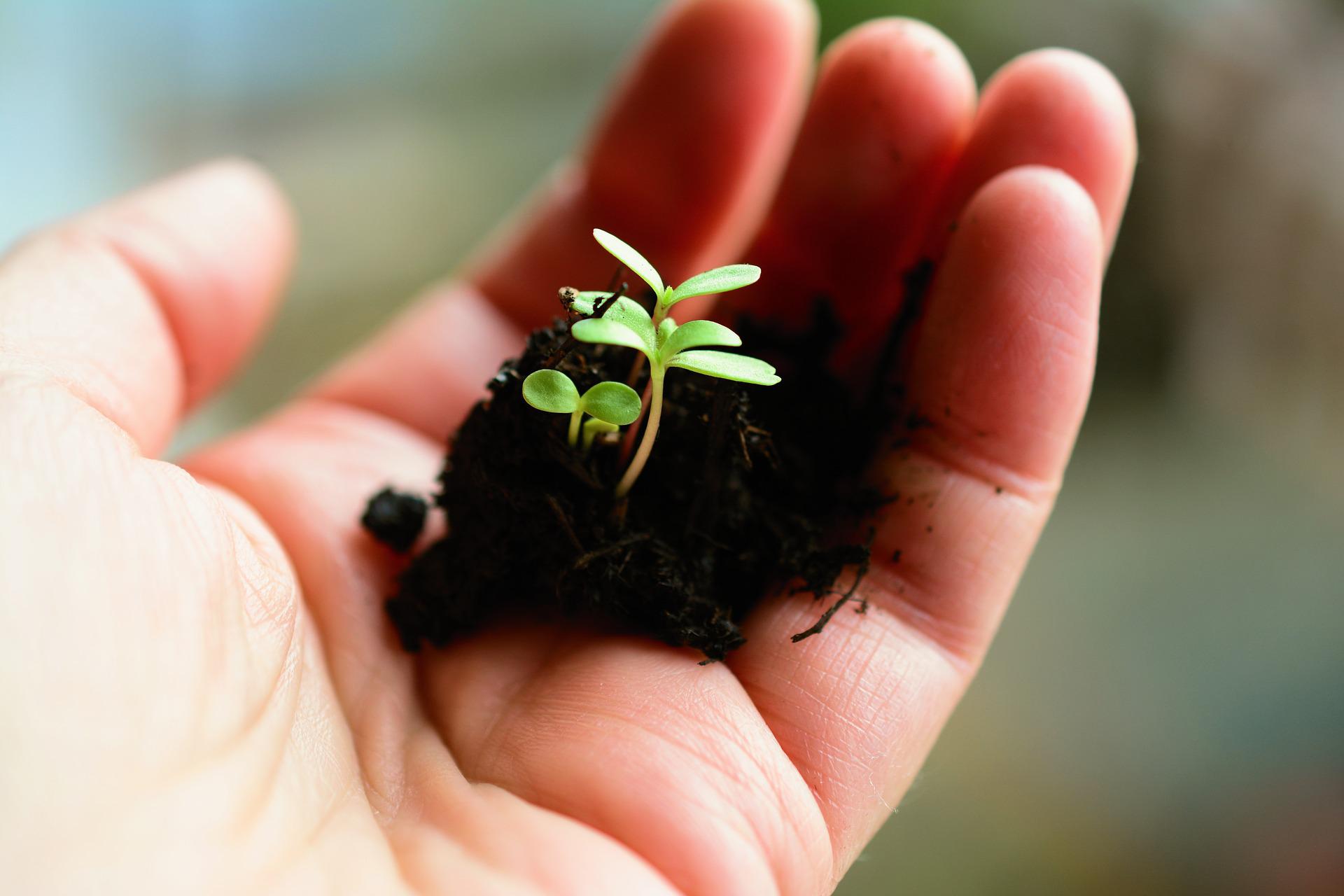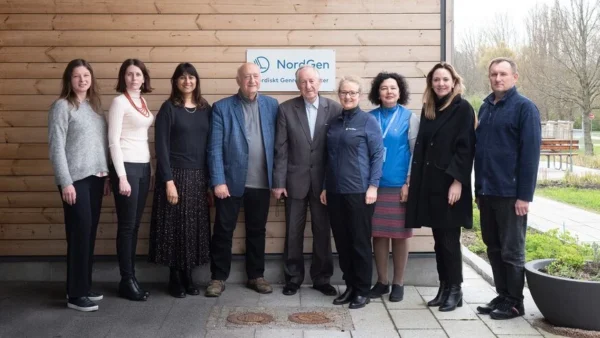As farm bill discussions continue, one thing remains certain: research funding remains a must.
As the American Seed Trade Association (ASTA) continues to plow forward and educate new members of the House and Senate on the importance of the farm bill, the needs of the seed sector and needs of the greater agriculture sector, specifically research funding remain a huge priority. Why?
For public breeders and researchers, like Purdue’s Katy Martin Rainey, funding dollars often come from government programs and government grants.
“I can’t do my research without funding that I’m awarded as a result of grant writing,” Rainey, a professor of soybean genetics and breeding in the agronomy department at Purdue University and director of the Purdue Soybean Center, says. “My research program at Purdue is entirely competitively funded, though I also rely heavily on the critical land grant infrastructure.”
Though Purdue has a lot of support infrastructure to aid professors and researchers, Rainey still needs to seek funds to implement the research that’s needed for her lab.
“A good portion of the funding and support my lab receives is from the private sector, but I also leverage my breeding pipeline — my soybean breeding pipeline — to bring in federal dollars,” she says.
In early December 2022, Rainey attended the Senate Ag Committee hearing called “Farm Bill 2023: Research Programs” and testified on behalf of ASTA for the foundational role of agriculture research in the 2023 Farm Bill. There, on top of sharing more about her personal needs for funding, she testified on how public and private breeding programs rely on the need for more research funding — especially in the seed sector.
“In the 2023 Farm Bill, we need a high level of funding for agricultural research in the public sector to support a range of topics — conservation, food security, commercialization of technology, risk management for farmers… The list of needs is sizeable,” she says.
But, in addition to supporting all of the on-the-ground needs in the U.S., Rainey says it’s important to consider other countries as well. Other countries, especially China and Brazil, are spending more than the U.S. on food and agriculture research and development.
Though that might not sound like an immediate concern, there are some risks of falling behind and underfunding ag programs. The two biggest risks Rainey sees on the horizon? Leaving the country vulnerable to extreme weather and climate changes and falling behind technologically.
With those two risks looming over the U.S., Rainey says that there need to be new technologies to help growers and agribusiness companies combat food insecurity.
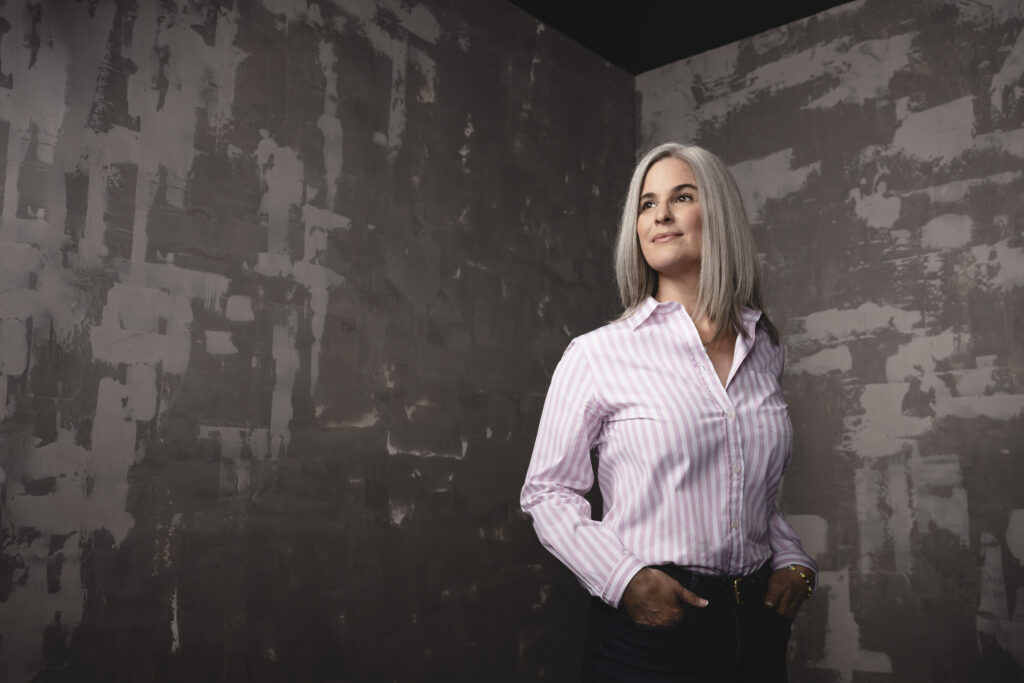
“I want to emphasize that universities, like Purdue, are incubators for technology and innovation,” she says. “The private sector comes to us to collaborate because we support a dizzying array of disciplines at a university. The seed industry is primarily R&D based, just like other industries like pharmaceuticals, and sometimes, people don’t realize that. But even the largest corporations can’t afford to support the breadth of expertise that exists at universities.”
As an example, Rainey described the use of solar-powered autonomous vehicles to spray weeds and deliver other inputs. Many practical and technical challenges need to be solved to realize the potential of these technologies. That’s an engineering challenge needing to be addressed.
While private companies can address those, land grant universities have the expertise across multiple fields and sectors to work on things like sensors that will deliver inputs in a way that’s more sustainable, more economical and more effective, provided funding is available and universities are collaborating to commercialize innovations.
“We need agriculture research funding to support the private sector, public sector and the environment simultaneously. They’re linked,” Rainey says. “We want to support technological innovation because that’s going to allow for sustainable food security in the future.”
Without Funding, Here’s What We’d Be Missing
After Rainey’s testimony and as she continues to the future, she wants to continue to emphasize the importance and necessity of private-public partnerships.
“As public scientists, we’re not here receiving federal funding to do just whatever suits us — it’s often in support of the private sector,” she says.
In terms of public breeding programs supported by things like federal funding, it’s a huge number of items that growers and private companies can benefit from.
“It’s almost a question of where do you start?” Rainey asks. “When we think of public breeding programs, we can consider work on genetic diversity, cover crops, cropping systems, diversification… Breeding programs can address all of this, including the genomic and phenomics I work in. These are just some of the needs we have the latitude to address if the funding is there to support the work.”
On the flip side, private companies are in a tight race for genetic gain — it’s a function of resource allocation.
“What that means is they don’t necessarily have the bandwidth to try many new things,” she says.
In her own experience, Rainey uses high-resolution drone imagery to discover new traits that can predict yield potential, which could change how soybeans are bred using drones.
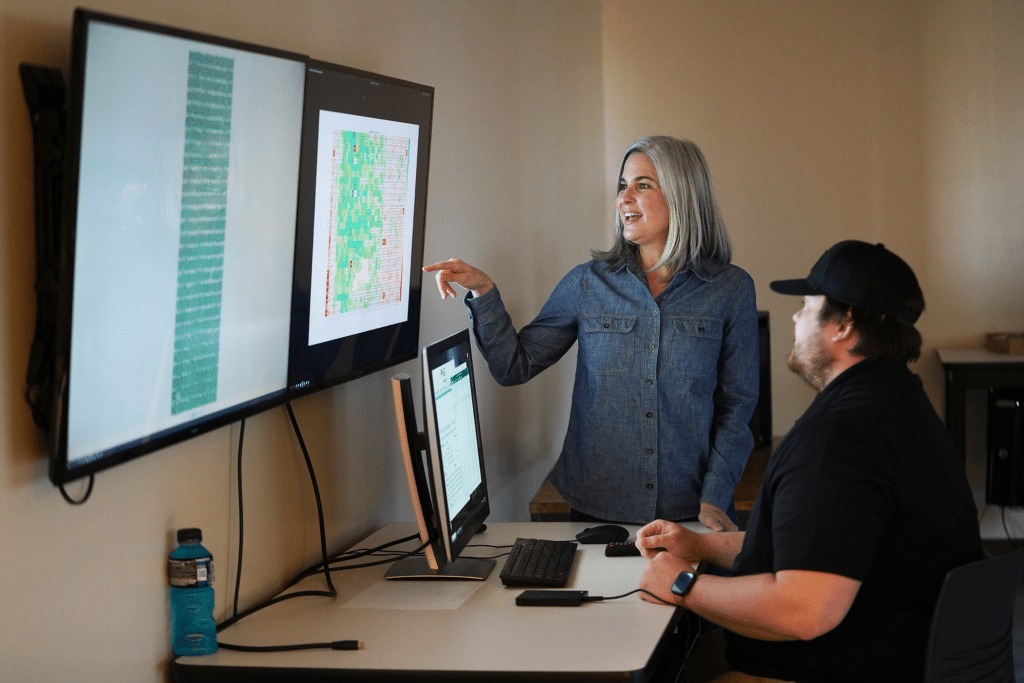
Meanwhile, the private sector has focused on replacing human visual observations with image-derived metrics from drones — called trait replacement — to maximize efficiency.
“That’s an example of how the public sector has the ability to explore new things and do high-risk research that might fail,” Rainey says.
Then, when you consider agriculture in general, public sector breeding programs provide alternative choices to farmers, Rainey adds, noting that there are still a lot of crops where seed originate in the public sector.
“Wheat has been a historically major crop bred in the public sector. Even in soybean, almost every land grant university has a public breeding program addressing things like niche markets or providing germplasm with diverse pedigrees to the private sector,” Rainey says, adding that in her testimony, she used an example that every piece of lettuce you eat has USDA genetics in it. “There are many examples of public breeding programs being the only source of new germplasm in specialty crops.”
Moving on to the Future
As we move onto the future and into more farm bill discussions, there’s still a lot to consider — but Rainey knows one thing: if you don’t make the request for more funding, it’s going to be given to someone else who asks.
“In my testimony, I highlighted the need to fund the Agriculture Advanced Research and Development Authority (AGARDA), the Agriculture and Food Research Initiative (AFRI), the Agricultural Research Facilities Act and the National Institute of Food and Agriculture (NIFA),” Rainey says. “When you think of agricultural research facilities, I think about how we’re being asked to do 21st century science in facilities constructed in the 50s and 60s. When we think of land grants as being critical to us for agricultural productivity, there needs to be some investment in facilities for attracting diverse, modern workforces.
“I also emphasized the need to align policies across federal agencies to allow innovations in the seed industry to come to market and benefit consumers,” Rainey says. “Those innovations happen in the public sector as well — many of my colleagues are doing gene editing for a range of traits, and we worry about anything coming to market due to policy restrictions.”
From here, though, farm bill discussions really fall into the realm of needing continuous education and advocacy endeavors to find wins for the seed sector.
And, no matter what happens, there’s one thing Janae Brady, vice president of government affairs of ASTA, tells all public and private sector workers to keep in mind: something’s going to change.
“We don’t know what’s going to be in the final bill as they negotiate funding levels, as they negotiate different programs,” Brady says. “ASTA is certainly going to try and stay engaged and aware so we can help prepare our members and our companies for the impacts there will be, but the most important thing to know is you will be impacted in some way or another.”
For those concerned, Rainey recommends getting involved and sharing your voice — it doesn’t necessarily have to be in the same capacity as sharing a testimony in front of the Senate Ag Committee, but getting involved with ASTA or other organizations and coalitions helps to coordinate a national message.
“That national message is key to getting the federal government to address our needs and priorities among the many competing interests out there,” she says. “If we’re not asking for the money and the policies to address our needs, then someone else will.”
Make sure to read the first part of this piece where we talk about ASTA’s priorities for the farm bill.


